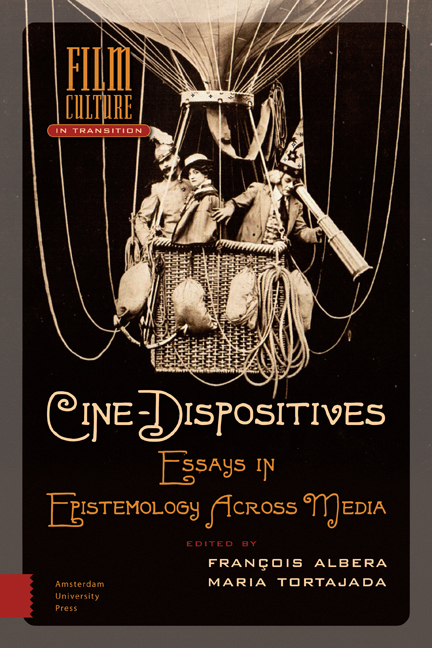The Stereopticon and Cinema: Media Form or Platform?
Published online by Cambridge University Press: 10 February 2021
Summary
Today, many academics working in the Humanities and Social Sciences are pursuing a broad interest in media studies. At least at Yale University, where we have created an interdisciplinary seminar in this area, what we mean by media studies – our actual focuses and concerns – differ substantially. In the English Department, for instance, Media Studies foregrounds the study of the book and the move from the scroll or codex. In the more contemporary context, Michael Warner and Jessica Pressman are clearly interested in the way the digital media and the Internet are impacting the book and print culture more generally. Part of this re-orientation de-centers poetry and literature and embraces the study of low and quotidian forms of culture for which aesthetic concerns are far from primary: the sermon, the newspaper, the broadside or even the form (typically a document with spaces for the writer to fill in information).
History of Art has sometimes moved in similar directions, as Oliver Grau and others have investigated the history of the image. However, as Thomas Elsaesser suggests, the field has also explored the ways in which new media forms have entered and often transformed artistic practices as presented in the museum and art gallery through installation art. These approaches are connected only in a highly attenuated way with notions of “the media” in political science and sociology. The media refers to the press: the newspaper, the telegraph, then radio, television and now the Internet – in short, the mass media. In this conception of media studies, film is barely acknowledged. When talking about the nineteenth- and twentieth-century dissemination of the news, newsreels and film more generally are typically never mentioned.
Film Studies, which perhaps started to fill a gap between History of Art and Literature/Language departments, expanded to embrace television and then, in a peripheral way, radio. Walter Benjamin, with his essay “The Work of Art in the Age of Its Technological Reproducibility,” soon became a touchstone, which allows for a more fully developed media studies that includes photography and the phonograph. And now, it has expanded again to include digital media, the Internet and an array of screens – on cell phones and in airline terminals. Although there are divisions in Film Studies at Yale, Francesco Casetti and Thomas Elsaesser are among those pushing Film Studies in a Media Studies direction.
- Type
- Chapter
- Information
- Cine-DispositivesEssays in Epistemology Across Media, pp. 129 - 160Publisher: Amsterdam University PressPrint publication year: 2015

